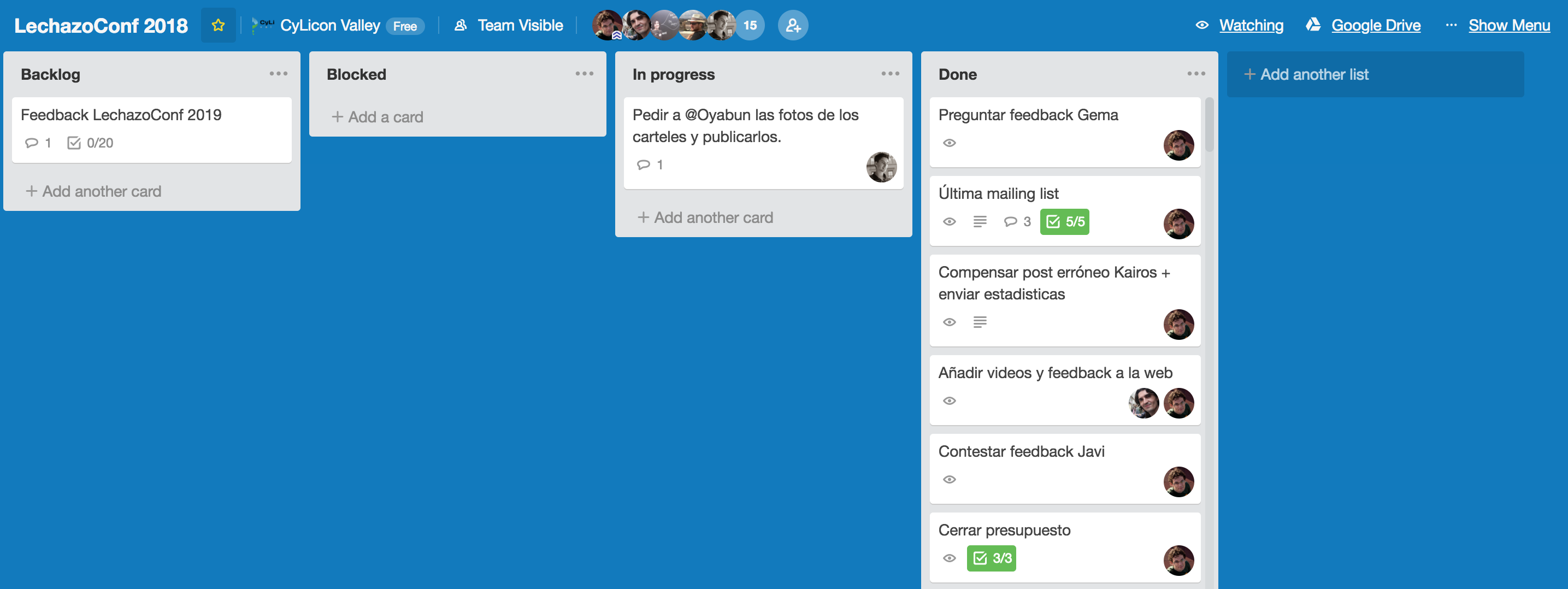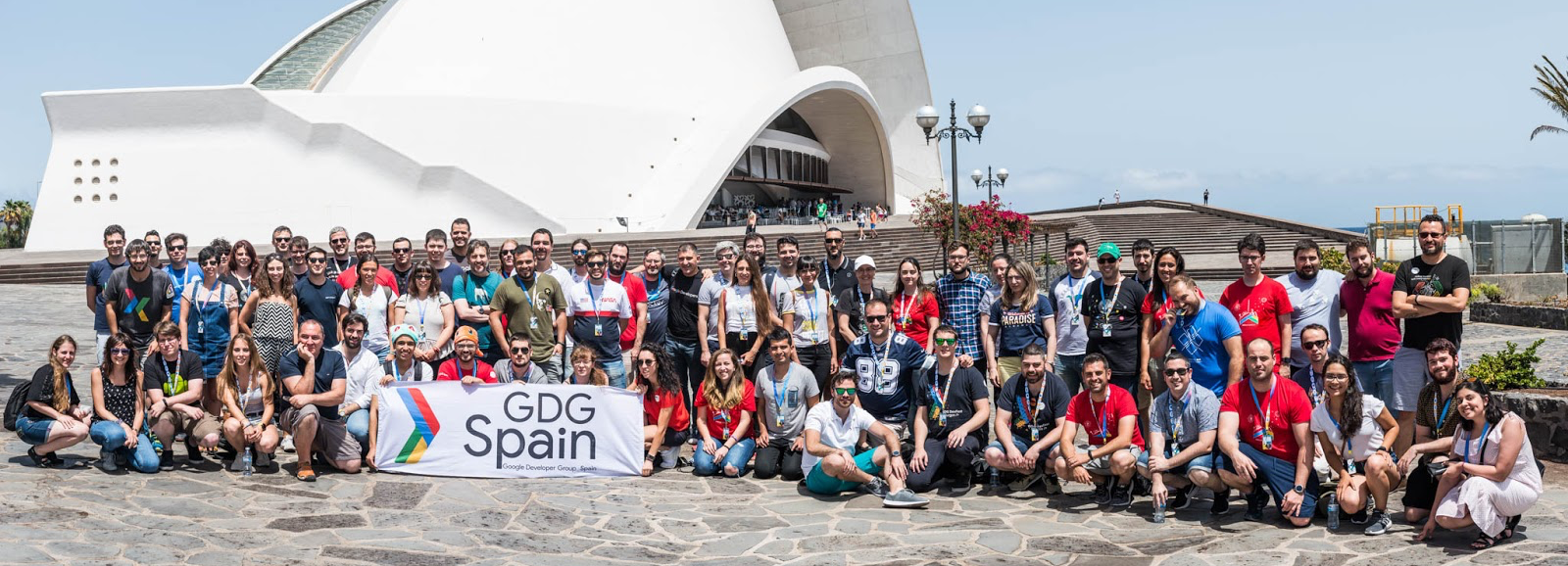Sprint
I’ve read Sprint by Jake Knapp, John Zeratsky & Brad Kowitz, the latest book in the Agile book club.
And it’s a nice change after the latest business-oriented books (tribal leadership & the five dysfunctions of a team). I liked this book, and not the others, because it doesn’t present a magic recipe for success based on five principles (stages or dysfunctions).
The book acknowledges that companies are complex and it doesn’t have the solution for everything: you have to try ideas to see if you can solve real problems. It’s a collection of practices, ideas, scripts to prototype solutions.
The premise of the book is simple: use 5 days to prototype a solution to a business problem. The authors have applied their practices in startups and companies and come to some suggestions on how to orient that week.
They suggest you to try to solve big challenges with mixed teams and bringing deciders (CEOs, CXO) to be able to make hard choices. They propose a planned agenda with these tasks:
-
Day 1: make a map of your users interaction/process/future challenge and choose a target to solve. Pick a long-term goal, talk about the risks and create a map of it. Ask experts to fill the map. Write ideas with a “How Might We” format, sort those ideas in themes. Vote them (dot-voting, deciders count more) and pick a target of the user interaction you want to improve.
-
Day 2: sketch solutions. Do lightning demos of existing solutions, divide or swarm the problem, sketch those solutions (gather ideas, quickly doodle them, do rapid variations of the same idea, figure details) and take notes anonymously.
-
Day 3: decide the best idea. Expose ideas like an art museum, create heat maps via dot voting, do a speed critique (timeboxed, narrated sketch, call out ideas, write ideas, review concerns, explain missed ideas) and a straw poll (remind goals, dot-voting). Try to arrive at honest decisions. Decide if you want to center all your efforts in one idea or several. Write a detailed storyboard of the idea in a grid.
-
Day 4: build a prototype. Fake it, fake it until you make it. Use the right tools (keynote or powerpoint if needed).
-
Day 5: test with users. Hire 5 real people, use an interview script, learn together by watching the interviews.
The book uses real stories (Slack for example) with the explanation of their practices and ideas. They explain a lot of dynamics I haven’t heard about (like How Might We, Crazy Eights, Heat Maps with dot voting). I don’t know if they work at all but at least they are new.
As a curious data, one of the sprints tries to solve the onboarding process in Slack and they conclusion was using the annoying tutorial at the beginning. I found it nagging but I’m not a beginner!
Last words about Sprint, it’s not an awesome book (3,5/5 would be a right review) but at least is interesting. If you want to find ideas to solve a problem following a structured process this could be your book.


